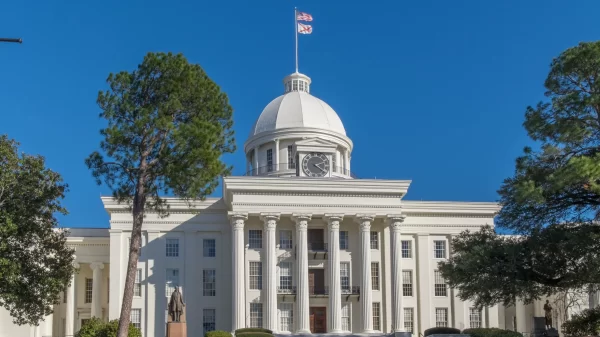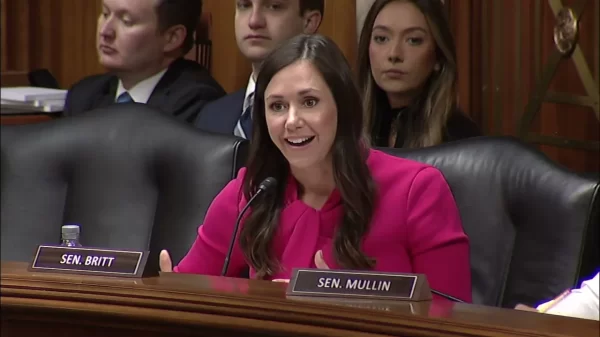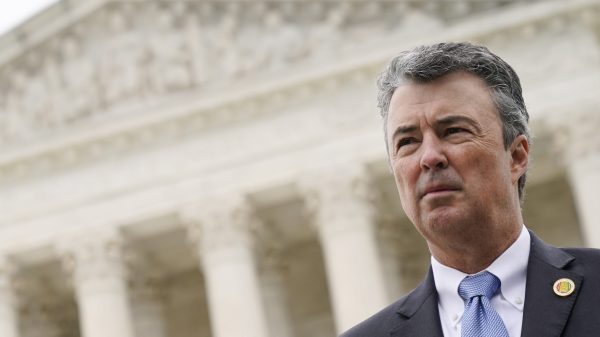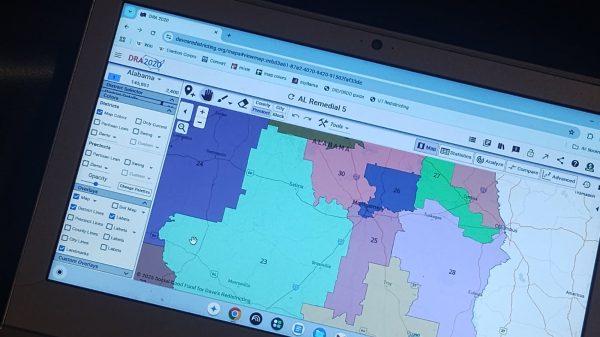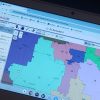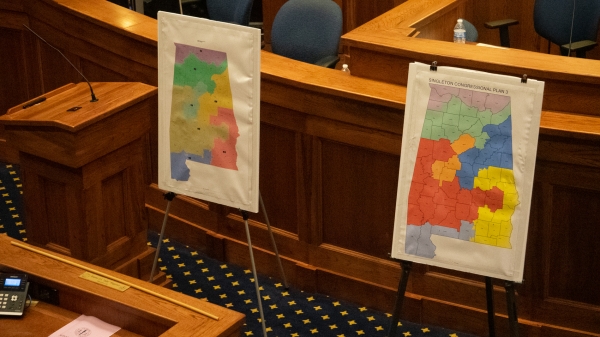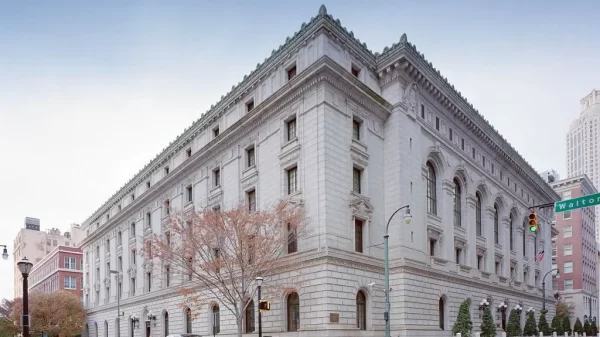A special master has proposed three potential maps to remedy Alabama’s violation of Section 2 of the Voting Rights Act, drawing in each a second district in which Black voters could potentially elect a candidate of their choice.
The first of the three maps hues closely to the plaintiffs’ remedial plan, which plaintiff Shalela Dowdy was happy to see. She said the plaintiffs are still reviewing the other two proposed maps, which stray further from their proposed map.
“Just looking at the other two maps, I’m happy that Mobile is included in all three maps,” said Dowdy, a Mobile resident. “I feel we’ve been left out when it comes to proper representation.”
Remedial Plan 1 is the only map of the three proposed that gives Black voters an actual second majority-minority district with a 50.1 percent Black voting age population in District 2. The other two maps come just under at about 48.5 percent—still much higher than the 40 percent BVAP in the Alabama Legislature’s version of District 2.
Describing this plan, the court filing explains that court-appointed special master Richard Allen “generally approves” of the VRA plan, and offered Remedial Map 1 as a “modest variation” of that plan.
Remedial Plan 2 is actually just a riff on Remedial Plan 1, according to the court filing, specifically modifying the map to split six counties instead of seven as a solution to concerns during arguments by the state about splitting existing political subdivisions. Remedial Plan 2 augments the first plan by keeping Houston County whole inside of instead of splitting it between Districts 1 and 2.
Allen inferred from the VRA plan’s cartographer, Dr. Moon Duchin, that the map split Houston County to ensure one of the plaintiffs who lives in Dothan would reside inside of District 2.
“While the Special Master appreciates the reasoning behind that outcome, the law does not require that result, and pursuing that result should not undermine traditional redistricting principles,” the filing states.
The second remedial plan therefore includes all of Houston County in District 1, and pulls more of Mobile into District 2 to compensate for the loss of population from Houston County.
Cartographer David Ely drew the third and final remedial map without reference to any preexisting map, the court filing states. Instead, he approached the drawing of the third map by keeping Districts 3, 4 and 5 unchanged while minimizing changes to Districts 6 and 7. He also sought to split the Black Belt between Districts 2 and 7 without splitting any counties.
Kareem Crayton, senior director for voting and representation at the Brennan Center, took three things away from the proposed maps and accompanying explanations of the process.
“The special master was top-of-the-line taking the district court seriously, unlike the state,” Crayton said. “There is evidence at the surface level that the maps actually achieve a majority African-American population or something close to it.”
Crayton also pointed out that the special master ignored arguments from both the state and the Singleton plaintiffs that Mobile or Jefferson counties in particular need to be kept together,
And lastly, although it isn’t necessarily legally required, the special master draws much attention to the fact that racial predominance was not used to draw the maps.
“He appears sensitive to the likelihood that the Supreme Court is going to be reviewing all of these decisions,” Crayton said.
APR has reported that the Alabama Legislature approached the redrawing of its map not based on the order of the federal court to create a second opportunity district but with the intent to sway Justice Brett Kavanaugh to reverse course and side with the state’s map.
So far, the court has stayed silent on Alabama’s request to stay the process and once again hear arguments on the state’s map.
There will be a hearing on the proposed maps on Oct. 3.















